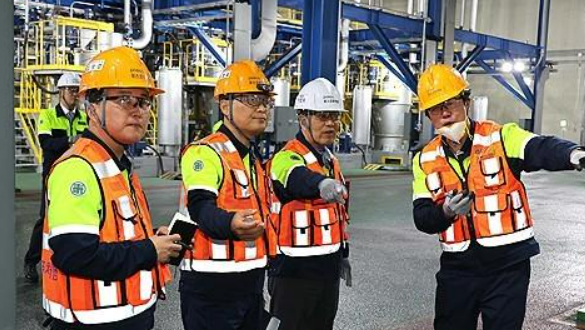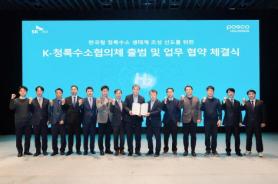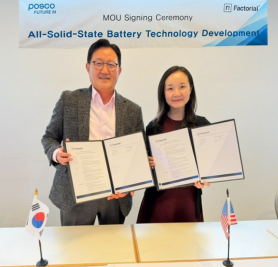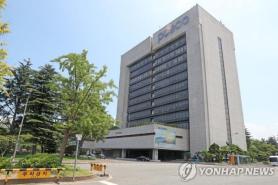
SEOUL, July 21 (AJP) - The U.S. Department of Commerce has made a preliminary decision to impose a 93.5 percent anti-dumping tariff on anode-grade graphite imported from China, a move that could position South Korea’s POSCO Future M as a key beneficiary.
The decision, announced on July 17, marks a notable shift from earlier actions that targeted specific companies — such as the more than 700 percent countervailing duties slapped on China’s Kaijin in May.
This latest measure applies uniformly across all Chinese producers and is being described by U.S. battery industry officials as a “carpet-bombing” tactic that effectively blocks Chinese graphite from entering the U.S. market.
The sweeping tariff aligns with the Trump administration’s broader strategy of reducing reliance on Chinese supply chains, particularly in critical sectors like clean energy. Under the Inflation Reduction Act (IRA), U.S. subsidies for electric vehicle battery components sourced from China are set to expire in 2027. Analysts view the new graphite tariff as a de facto acceleration of that timeline.
Chinese companies currently dominate the global anode market, with BTR, Shanshan, Shinzoom, and Kaijin together accounting for more than 80 percent of global shipments.
Anodes — typically made from natural or synthetic graphite — are a critical component in lithium-ion batteries used in electric vehicles, smartphones, and grid storage systems. Until now, major battery makers including Tesla, LG Energy Solution, SK On, Samsung SDI, and Panasonic have relied heavily on Chinese graphite.
Now, the disruption of that supply stream could offer a rare market opening for POSCO Future M, the only non-Chinese company ranked among the global top 11 anode producers.
The South Korean firm has long struggled to compete on price.
Chinese natural graphite anodes are typically priced at around $2 per kilogram — some 40 to 50 percent lower than POSCO’s offerings. That cost disadvantage has weighed on production; the utilization rate at the company’s Sejong plant dropped from 67 percent in 2022 to below 40 percent in the first half of 2025.
But with China’s price advantage erased by the tariff, POSCO Future M is now in a stronger position.
Last year, the U.S. imported roughly $347 million worth of Chinese anodes. POSCO’s total anode revenue in 2024 amounted to around 150 billion won (approximately $115 million), suggesting even modest penetration of the U.S. market could yield a significant boost in earnings.
Beyond anodes, POSCO Future M is also making inroads in cathode materials, another core component of lithium-ion batteries. On May 27, the company announced it had completed development of lithium manganese-rich (LMR) cathode materials and is preparing for mass production by the end of the year.
LMR technology, which reduces reliance on expensive materials like nickel and cobalt by increasing manganese content, is viewed as a promising next-generation solution for cost-effective, high-energy-density battery storage. POSCO began developing the materials in 2023, and its accelerated progress suggests a broader ambition to establish itself as a full-spectrum battery materials supplier in a rapidly evolving market.
Copyright ⓒ Aju Press All rights reserved.



